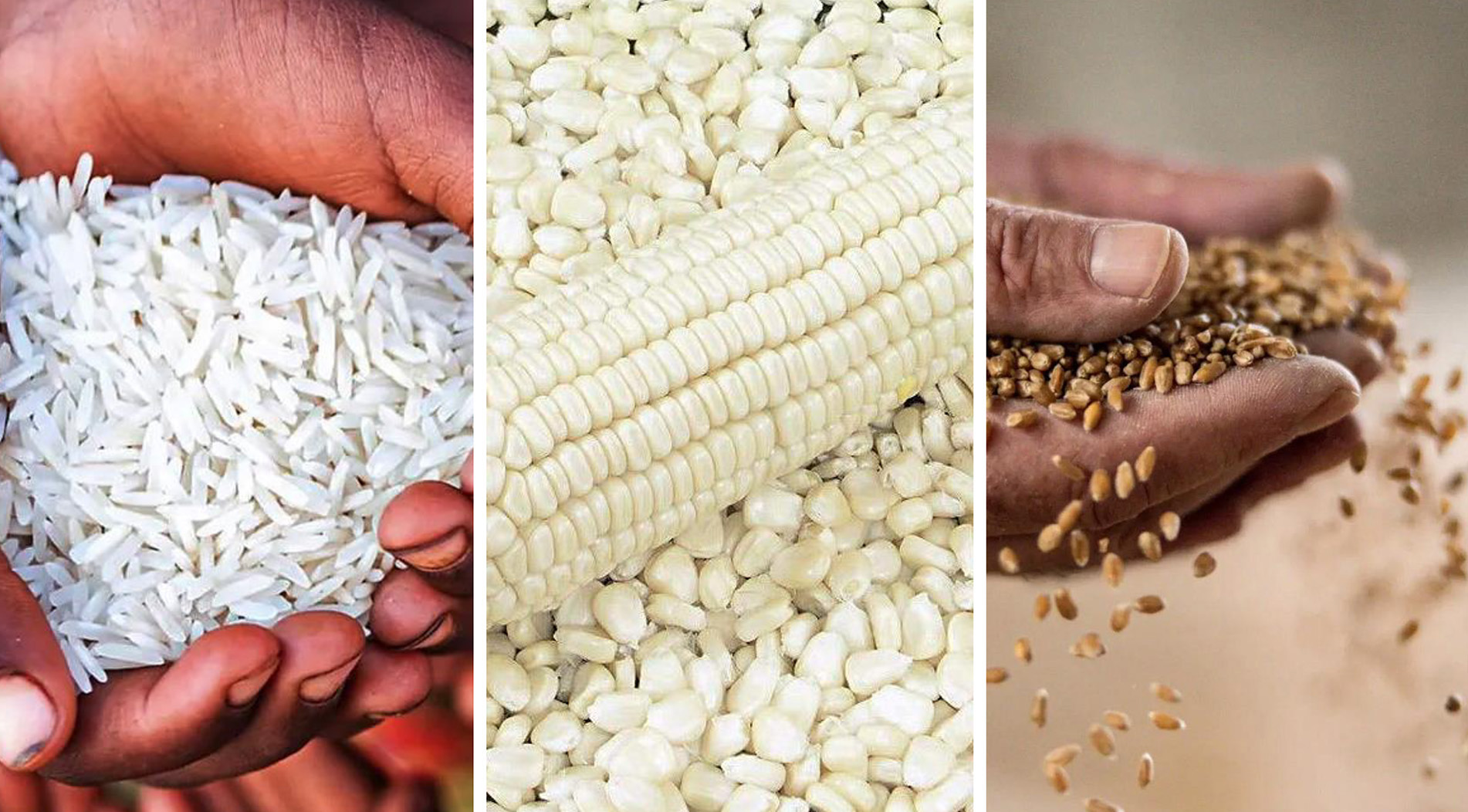Maize has been cultivated by humans for around 9,000 years. It is literally part of our historic DNA.
Maize is wonderfully versatile when compared to the other two big cereal crops, wheat and rice. North Americans love “corn on the cob” — usually boiled, not braaied — but its main use there and in developed economies more widely is for animal feed.
But in parts of Latin America and sub-Saharan Africa, it is also a crucial food crop, and the main provider of calories for an estimated 200 million people.
This is the case for Southern Africa, where the white variety is the source of sustenance, especially for the rural poor and the working class. But as the latest El Niño event has once again painfully underscored, this is a dangerous dependence that has sown the seeds of food insecurity, and the sorrow of hunger is being reaped in its wake.
To wit, South Africa’s Crop Estimates Committee (CEC) last week slightly raised its forecast for this year’s maize crop. But it is still seen 19% lower compared to last year and production of the staple white variety is forecast to fall 25% because of scorching heat waves triggered by El Niño late in the summer growing season.
Read more in Daily Maverick: CEC raises SA’s 2024 maize forecast slightly — still down 19% on El Niño
For regional neighbours — which mostly lack South Africa’s large-scale, high-tech and capital-intensive farming sector — the impact has been ruinous.
Zambia has declared a national state of disaster and emergency and has appealed for almost $1-billion in aid. Maize crops have also withered in the fields in Zimbabwe, Malawi, Mozambique and other Southern African countries.
Read more in Daily Maverick: Dying crops, food and water shortages — drought affects millions in southern Africa
“Apart from Tanzania and Madagascar, all countries in the region will have below-average staple production in MY (marketing year) 2024/25. Malawi is expected to be 45% below the five-year average, Mozambique 41%, Zimbabwe 55%, and Zambia 34%,” the Famine Early Warning Systems Network (Fews Net) said last week.
“While intra-regional trade will help to alleviate maize deficits in the region, it will not meet overall regional needs; an estimated 5 million tons (at minimum) of imported maize will be necessary to meet regional demand," it said.
The problem is that Mexico — where white maize is widely used for tortillas and other national dishes — is the only country outside of Africa where white maize can be reliably sourced. And that’s pretty much it for options — uno.
Wandile Sihlobo, Chief Economist at the Agricultural Business Chamber (Agbiz), told me that the US is a potential option, but delivery contracts would have to be sealed for American farmers to grow more white maize than usual — which is only around 10 million tonnes, largely to meet demand from America’s Latino population.
This clearly puts Southern Africa in a precarious situation and helps to explain why the region suffers from periodic shortages of food.
Alternatives?
Alternatives include wheat, rice and potatoes. But a dramatic shift in diet is not easy, not least because food is also a reflection of culture. People generally like to eat what they are used to eating.
Southern Africa’s penchant for maize is largely rooted in the region’s soil and climate. It simply grows much better here than wheat, which thrives in colder climates, or rice, which needs wetlands.
Sihlobo told me that potato production — and encouraging potato consumption — could be an alternative as it grows well in various climates and environments. The potato is also highly nutritious and extremely starchy, which makes it an excellent staple food.
And the one big advantage of all of these alternatives — wheat, rice and potatoes — is that they can be sourced from more than one country.
When it comes to food security in this globalised economy, a diversity of caloric sources is vital. You literally don’t want all your eggs to come from one basket.
It’s also the case that white maize consumption in South Africa is a product of an exploitative history.
As South Africa industrialised after the discovery of mother lodes of diamonds and gold, the ruthlessly exploited migrant labour force that the mining industry relied on also needed to be fed in a relatively cheap way that would provide the calories required for arduous physical work.
The kernel of this conundrum was maize, and farmers needed a market for their product which the expanding mining industry provided. These trends in turn hastened the mechanisation and commercialisation of South African farming.
This commercial agricultural sector today, like its mining counterpart, has an ugly history. And one of its legacies is this dependency on white maize among South Africa’s poor majority.
But it is now key to South Africa’s food security, and the country would face a catastrophe were it not for its embrace of costly innovations such as precision farming which have seen yields explode.
Even a gradual switch in the regional staple diet to, say, potatoes, will not address the fact that in countries such as Zambia and Malawi, most crop farming remains small-scale, rain-fed and subsistence.
It’s also the case that this vulnerability is dramatically raised by the dearth of white maize-producing countries outside of this region. A switch to potato production will not necessarily change the circumstances of a small-scale farmer.
But when the next El Niño or some other disaster strikes, at least there will be many more possibilities to import the staple from.
Currently, a dependency on white maize is a recipe for disaster. DM





